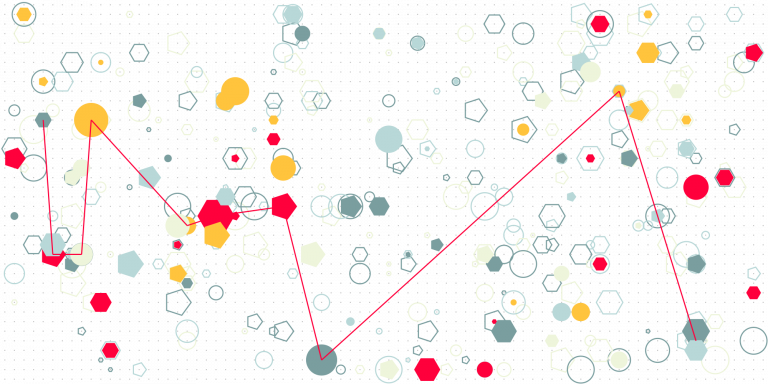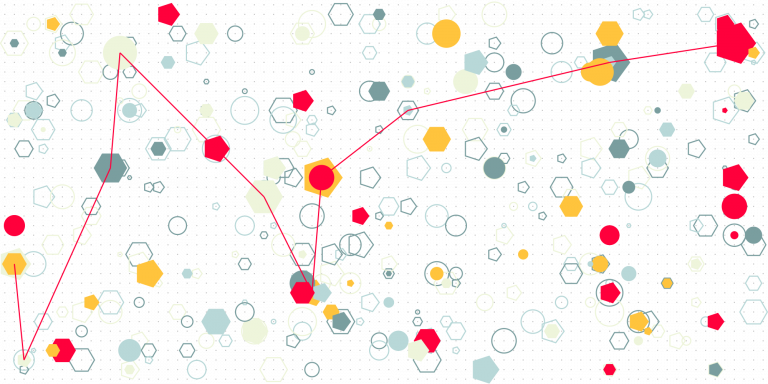Opaque, Complex, Biased, and Unpredictable AI
Opacity, complexity, bias, and unpredictability are key negative nonfunctional requirements to address when designing AI systems. Negative means that if you have a design that reduces opacity, for example, relative to another design, the former is preferred, all else being equal. The first thing is to understand what each term refers to in general, that…







